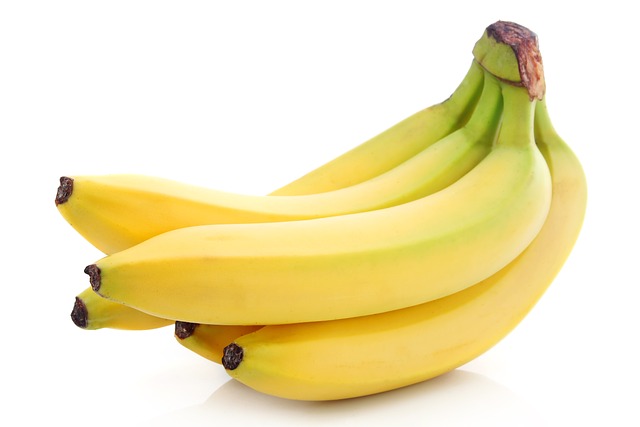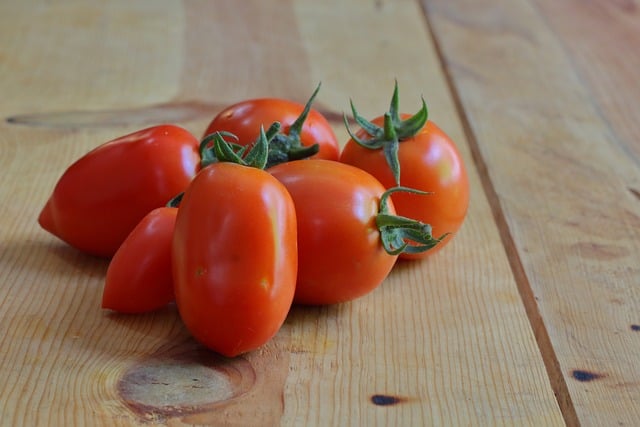While inflammation is an important protective mechanism against pathogens, long-term inflammation is associated with an increased risk of cardiovascular disease, diabetes, and autoimmune diseases. The goal of an anti-inflammatory diet is to improve health by decreasing levels of chronic inflammation. This article will give you the lowdown on anti-inflammatory foods, including what they are, how they work, and some easy recipes and meal plans to start incorporating them into your diet right away.
Understanding Inflammation
As a protective mechanism, inflammation helps the body deal with potentially dangerous stimuli like infections, damaged cells, or irritants. Chronic inflammation, in contrast to acute inflammation, can last for months or even years and harm organs and tissues. Acute inflammation, on the other hand, is temporary and helpful for healing.
Benefits of an Anti-Inflammatory Diet
- Reduces Chronic Inflammation: Consuming anti-inflammatory foods helps reduce chronic inflammation, lowering the risk of chronic diseases.
- Supports Heart Health: Anti-inflammatory foods can improve cardiovascular health by reducing arterial inflammation and lowering cholesterol levels.
- Enhances Immune Function: A diet rich in anti-inflammatory foods can boost the immune system and help fight off infections.
- Improves Digestive Health: Anti-inflammatory foods support gut health by promoting the growth of beneficial bacteria and reducing gastrointestinal inflammation.
- Aids Weight Management: These foods are often nutrient-dense and low in calories, helping maintain a healthy weight.
Anti-Inflammatory Foods to Include
- Fruits and Vegetables: Rich in antioxidants and vitamins, fruits and vegetables are essential for reducing inflammation. Examples include berries, leafy greens, and cruciferous vegetables.
- Whole Grains: Whole grains like oats, quinoa, and brown rice are high in fiber and beneficial for gut health.
- Healthy Fats: Omega-3 fatty acids found in fish, flaxseeds, and walnuts have potent anti-inflammatory properties.
- Herbs and Spices: Turmeric, ginger, and garlic contain compounds that reduce inflammation.
- Nuts and Seeds: Almonds, chia seeds, and flaxseeds are rich in healthy fats and antioxidants.
- Lean Proteins: Fish, poultry, and plant-based proteins like beans and lentils are preferable over red and processed meats.
Foods to Avoid
- Processed Foods: High in trans fats and sugars, processed foods can exacerbate inflammation.
- Refined Carbohydrates: White bread, pastries, and other refined carbs can spike blood sugar levels and promote inflammation.
- Sugary Beverages: Sodas and sweetened drinks can increase inflammation markers in the body.
- Red and Processed Meats: These meats can trigger inflammation and should be consumed in moderation.
Sample Meal Plans
Breakfast:
- Berry Smoothie Bowl: Blend a cup of mixed berries with a banana, a handful of spinach, and almond milk. Top with chia seeds and granola.
- Oatmeal with Fresh Fruits: Cook oats with water or milk and top with blueberries, walnuts, and a drizzle of honey.
Lunch:
- Quinoa Salad: Mix cooked quinoa with cherry tomatoes, cucumber, avocado, and a handful of spinach. Dress with olive oil and lemon juice.
- Grilled Salmon with Veggies: Serve grilled salmon with a side of steamed broccoli and sweet potatoes.
Dinner:
- Vegetable Stir-Fry: Stir-fry a variety of vegetables like bell peppers, broccoli, and carrots with tofu. Serve with brown rice.
- Chicken and Vegetable Soup: A hearty soup made with chicken, carrots, celery, and kale.
Snacks:
- Hummus with Veggie Sticks: Carrot and celery sticks dipped in hummus.
- Mixed Nuts: A handful of almonds, walnuts, and dried cranberries.
Anti-Inflammatory Recipes
1. Turmeric Ginger Smoothie
Ingredients:
- 1 cup almond milk
- 1 banana
- 1 teaspoon turmeric powder
- 1 teaspoon grated ginger
- 1 tablespoon honey
- A pinch of black pepper
Instructions:
- Combine all ingredients in a blender.
- Blend until smooth.
- Pour into a glass and enjoy.
2. Quinoa and Black Bean Salad
Ingredients:
- 1 cup cooked quinoa
- 1 can black beans, rinsed and drained
- 1 red bell pepper, diced
- 1 avocado, diced
- 1/4 cup chopped cilantro
- Juice of 1 lime
- 2 tablespoons olive oil
- Salt and pepper to taste
Instructions:
- In a large bowl, combine quinoa, black beans, bell pepper, avocado, and cilantro.
- In a small bowl, whisk together lime juice, olive oil, salt, and pepper.
- Pour dressing over the salad and toss to combine.
- Serve immediately or refrigerate for later.
Practical Tips for Maintaining an Anti-Inflammatory Diet
- Plan Your Meals: Plan your meals ahead of time to ensure you include a variety of anti-inflammatory foods.
- Cook at Home: Cooking at home allows you to control the ingredients and avoid hidden inflammatory substances in restaurant food.
- Stay Hydrated: Drink plenty of water throughout the day to help flush out toxins and support overall health.
- Read Labels: Pay attention to food labels and avoid products with added sugars, unhealthy fats, and artificial ingredients.
- Gradual Changes: Gradually incorporate anti-inflammatory foods into your diet to allow your body to adjust.
Conclusion
To improve general health and forestall chronic diseases, an anti-inflammatory diet is an effective weapon. You may enhance your quality of life and support your body’s natural defenses by incorporating a range of nutrient-dense foods into your diet and avoiding things that induce inflammation. Start your road to improved health right now with the supplied meal plans and recipes.


Pingback: What Foods to Eat on an Anti-Inflammatory Diet? A Complete Guide to Foods, Benefits, and Practical Tips - Wellness Readers Digest
Pingback: The Ultimate Guide to a Plant-Based Diet for Kidney Disease: Foods, Benefits, and Meal Plans - Wellness Readers Digest